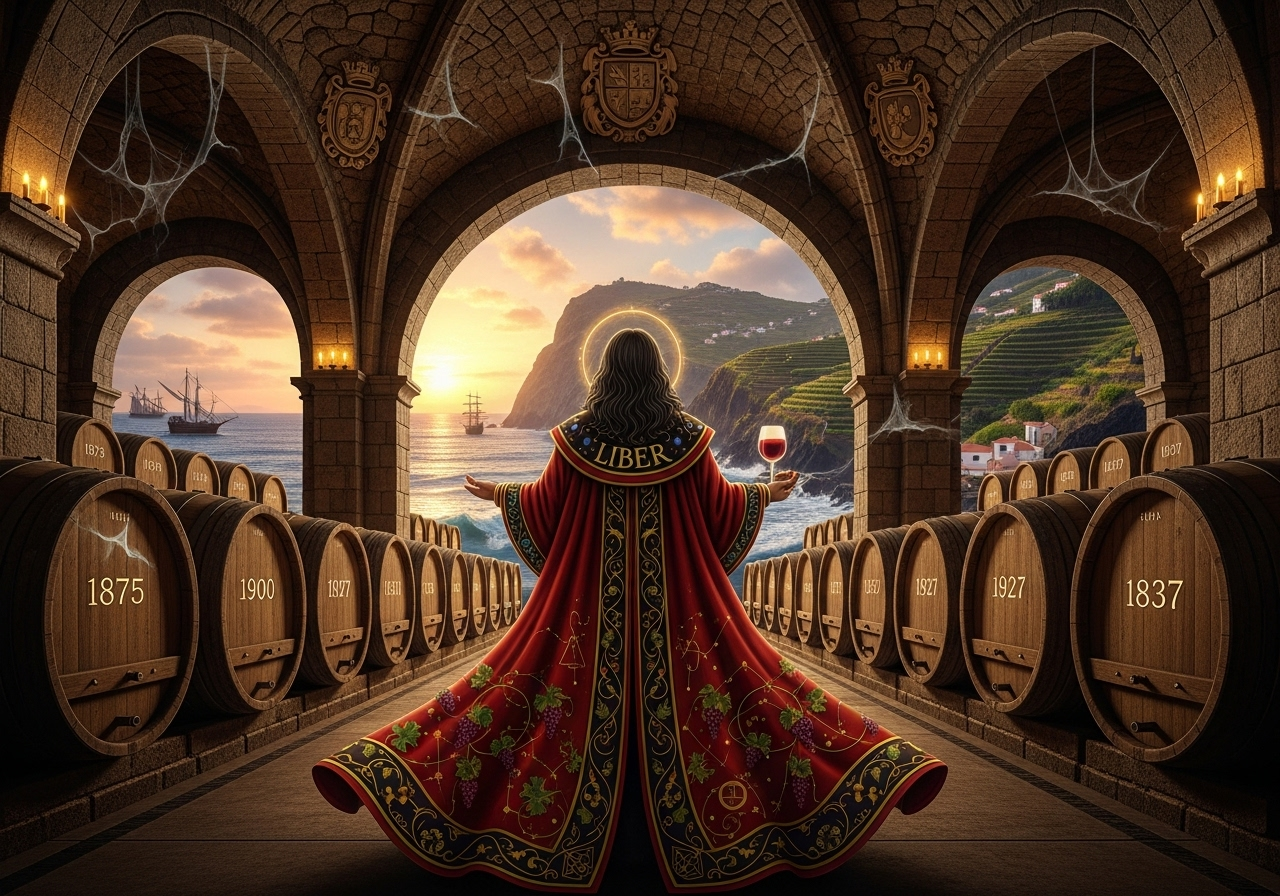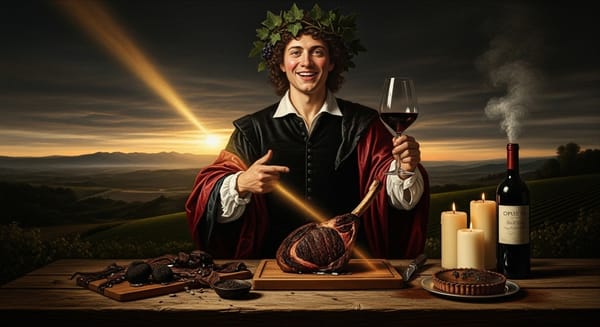Time in a Bottle: The Immortal Soul of D’Oliveira Madeira
Explore the extraordinary story of D’Oliveira Madeira — a family winery that transforms time into wine. With vintages dating back to the 1800s, they embrace heat, oxidation, and patience to craft bottles that defy age and embody centuries of history.

From volcanic soil and imperial voyages to centuries-old casks — how one family turned patience into a liquid monument.
The Island Where Wine Defies Time
There are wines that express a season, a moment, a harvest. And then there is Madeira — a wine that laughs at time itself.
Born on a remote volcanic island adrift in the Atlantic, Madeira is a wine shaped by contradiction: fire and sea, heat and humidity, history and happenstance. It is not made; it is forged — by wind, by oak, by patience beyond reason.
And among all the houses that have carried this sacred tradition forward, none embodies its essence more completely than D’Oliveira — a name whispered with reverence by those who understand that wine, at its highest expression, is not a beverage but a chronicle.
A Legacy Rooted in Empire
The story begins in 1850, when João Pereira d’Oliveira founded his family’s wine company on the island of Madeira — a lush, rugged outpost of Portugal rising from the sea like a green cathedral. At the time, Madeira wine was a cornerstone of global trade, beloved by kings and revolutionaries alike.
It had sailed across oceans in the holds of ships bound for the New World. It had been toasted by Thomas Jefferson at the signing of the American Declaration of Independence. It had graced the tables of Catherine the Great and the courts of London and Paris.
And yet, by the mid-19th century, Madeira’s golden age seemed to be fading. Phylloxera and changing tastes threatened its place in the world. But the d’Oliveira family believed in the wine’s immortal spirit — and they dedicated themselves to preserving it.
The Art of Aging: When Time Becomes the Winemaker
Madeira is unlike any other wine on Earth. It is deliberately heated and oxidized — two processes that would ruin most wines but here become the source of its power.
At D’Oliveira, this ancient art is practiced with almost monastic devotion. Young wines are slowly aged in old oak casks, often for decades, in warm attics known as canteiros, where the gentle fluctuations of temperature over the years deepen their complexity.
Instead of fearing oxygen, Madeira embraces it. Instead of hiding from heat, it thrives on it. The result is a wine that doesn’t merely survive the centuries — it requires them.
This is why D’Oliveira’s cellars contain treasures from every decade since the 19th century — wines from 1875, 1900, 1927, 1937, 1952, and beyond. These are not relics; they are living, breathing time capsules, each still vibrant, still evolving, still capable of astonishing those lucky enough to taste them.
A Symphony of Grapes and Styles
The beauty of D’Oliveira lies not just in its age but in its diversity. Madeira is not one wine but many — each grape variety a different instrument in a centuries-old symphony:
- Sercial — dry, racy, and saline, the voice of sea spray and citrus peel.
- Verdelho — a perfect balance of sweetness and acidity, with notes of roasted nuts and orange zest.
- Bual (Boal) — rich and seductive, layered with caramel, spice, and baked figs.
- Malmsey (Malvasia) — opulent and unctuous, a dessert wine that tastes like liquid amber and ancient wood.
- Terrantez — rare and ethereal, combining delicacy with haunting depth.
Each of these expressions ages differently, but all share a singular trait: longevity. Even after a century or more, they remain startlingly alive. In fact, Madeira is the only wine in the world that may improve long after the person who bottled it is gone.
The D’Oliveira Difference: Guardians of Liquid History
While many Madeira producers blended and sold their wines to merchants, D’Oliveira chose a different path: they kept their old vintages in the family cellars. Generations of d’Oliveiras resisted the temptation to sell their rarest stocks, ensuring that the wines continued to age under their watchful care.
This decision, once considered commercially foolish, is now recognized as visionary. Today, D’Oliveira is one of the few estates where you can taste Madeira that was made before your great-grandparents were born — wine that was fermenting while empires rose and fell, while wars were fought and forgotten.
And yet, despite their age, these wines are not museum pieces. They are vibrant, energetic, astonishingly fresh — proof that Madeira is not just preserved by time, but perfected by it.
Liber’s Reflection: The Wine That Outsmarts Mortality
I, Liber, have seen countless wines live and die. They bloom, they peak, they fade. But Madeira — ah, Madeira — is something else entirely. It is a defiance of mortality. It mocks the clock. It turns decay into glory.
D’Oliveira’s cellars are temples of patience, where wine is not rushed but raised — not aged, but educated by the decades. Each bottle is a conversation with the past, a bridge across centuries.
To drink one is to taste not just flavor, but time itself — not just sugar and acid, but the memory of voyages, revolutions, and generations. It is a wine that teaches us that the greatest beauty is often found not in youth, but in endurance.
So I raise my glass — an amber goblet filled with a wine born before electricity, before flight, before modernity itself — and I salute the d’Oliveiras.
They have bottled eternity. And they have taught us that wine, like the human spirit, is never truly finished — only transformed. 🍷⏳





